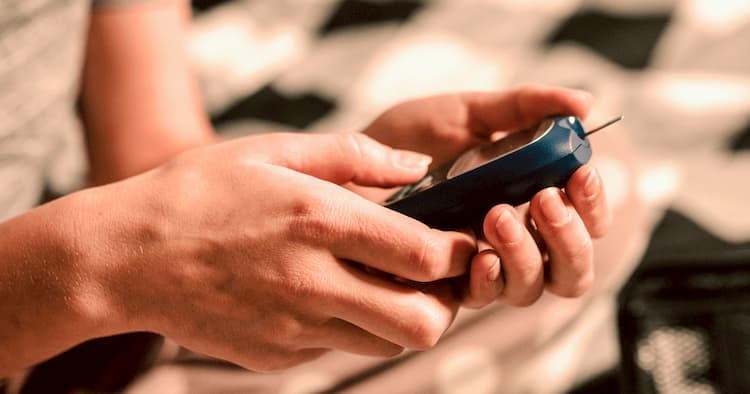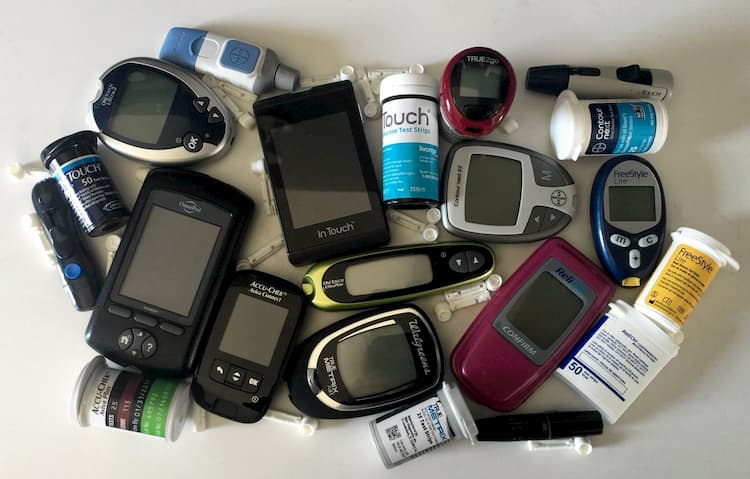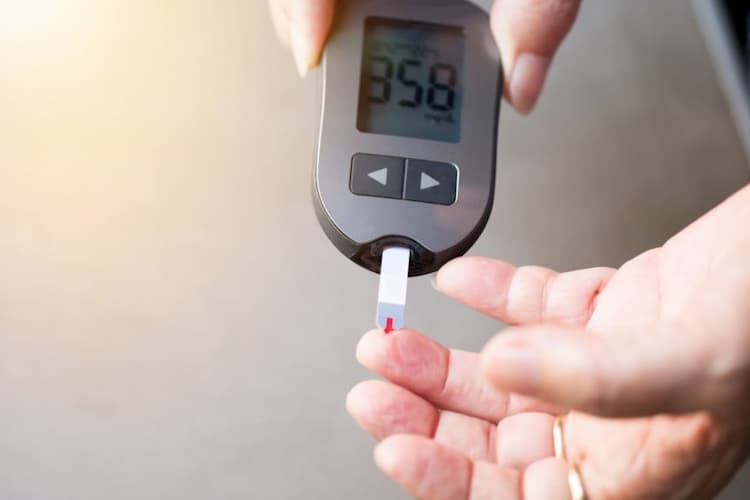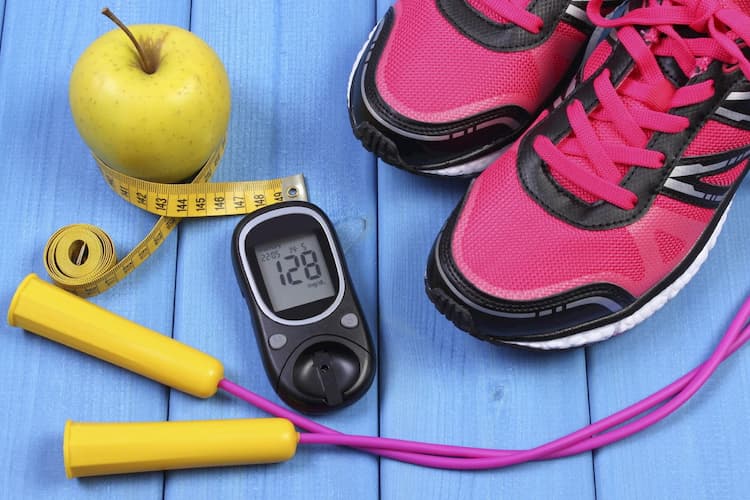Receiving the news that you have diabetes can certainly be a shocking blow as it requires making a lot of changes to your lifestyle. Considering it’s a chronic disease that affects the body’s way of treating sugar (i.e. glucose) in the blood, it requires regular control.
When you don’t keep track of the blood sugar levels, you risk getting hypoglycaemia (low glucose level) or hyperglycaemia (high glucose level). The first causes symptoms like sweating, confusion, weakness, dizziness and might even lead to some more life-threatening complications like seizures and coma. The latter leads to the following issues:
- Kidney complications like diabetic nephropathy to the point of needing dialysis,
- Erectile dysfunction,
- Eye problems such as diabetic macular oedema, cataracts, diabetic retinopathy, including poor vision that could end up in blindness,
- Poor circulation due to plaque build-up and blood vessel damage which in turn may lead to PAD (peripheral artery disease) or diabetic neuropathy that can result in amputations,
- Heart attack or stroke.
Finding out all of this is somewhat scary but as long as you’re dedicated to controlling your blood sugar regularly, you’d understand more about your condition and diminish the risks. Pair this with making some necessary lifestyle changes and you’d be able to live with the disease easier and minimize the risks.
Self-Monitor
Apart from paying your doctor regular visits for preventive testing, checking your own blood glucose at home is crucial if you want to make the most of the treatment. Thanks to the various options of blood glucose monitor Australia round pharmacies abound in, differing in costs and sizes, you can choose based on your budget and preference in compactness.
In addition, you also have the chance to pick from a wide range of useful features; for instance, a backlight comes in handy with testing anytime, anywhere, whereas a reminder alarm is great for maintaining your testing schedule.
Other features you’d find helpful are accurate results within seconds, memory storage to record your readings, as well as multiple test sites (e.g. hands, calves, thighs, upper arms, forearms) if you get tired of finger testing. The customizable depth settings are ideal if you’re having trouble getting the right blood amount.
The Benefits
Getting a trustworthy glucometer would benefit you in more ways than you can imagine.
- For one, it would be of help both to you and your doctor as it would indicate whether or not the therapy you have is efficient or needs some adjustments. Depending on your lifestyle, your diabetic problem as well as the prescribed therapy, the doctor would schedule when and how often you should check for optimal control.
- You’d be able to check whether you have acute hypoglycaemia or hyperglycaemia and nip the problem in the bud; immediate treatment is key for these conditions if you want to protect yourself from the risks.
- Same as with white coat hypertension, some people may experience white coat hyperglycaemia – it’s the result from the stress of visiting a doctor. With the help of a blood glucose monitor you’d check if there are considerable differences in the readings at home and those at the doctor’s to see whether stress is to blame for the elevated outcome.
- You feel more in control of the disease when you can monitor it, since it gives you a notion about your glucose levels – when you see it you gain more confidence to confront the issue. Consequently, you start making better choices with your nutrition and exercise, so, in other words, it positively affects the increase of self-care responsibility.
Lifestyle Changes
If you want to take the disease seriously, and be able to manage it better, you’re going to have to alter some things with your nutrition as well as how you spend your days.
The Diet – The first changes, of course, would have to be with your diet. Along with avoiding foods high in sugar, you’d also have to mind your carbs (both simple and complex) considering they turn into sugar as well.
The foods you should focus on are fruits, veggies, legumes (e.g. peas, beans), whole grains, fish rich in omega-3 fatty acids, and low-fat dairy cheese and milk. If you feel inexperienced with creating a meal plan for your needs, you could always turn to the help of experts instead.
As important as the food itself is, you should also remember to eat three meals a day at a regular time every day. Moreover, you’ll appreciate maintaining a healthy wholesome diet as it’s essential for weight loss too which is crucial in the life of a diabetic.
The Exercise – You need to stay active through exercise for the control of diabetes same way you require the blood glucose monitor Australia pharmacists recommend.
Even if you aren’t in a good physical condition, you can spend about half an hour of your day on a walk or a bike ride – anything that would get you going. In case you can’t do so every day, up to three times a week is good for a start until you get the strength and stamina.
The Habits – If you’re prone to handling stress with bad habits such as smoking and drinking alcohol, you ought to give them up by replacing them with something relaxing. It could be anything that makes you feel at ease, be it reading books, painting, pampering, or just meditating.
























You must be logged in to post a comment Login